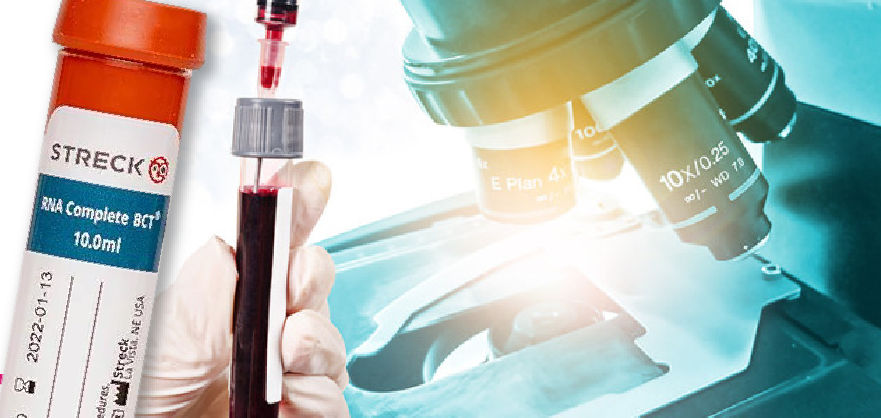PAX5 rearrangements, t(9p13)
The human PAX5 (paired box gene 5) gene at chromosome 9 band p13 encodes a B-cell lineage specific activator protein (BSAP), essential in normal B-cell lymphopoiesis. PAX5 plays an important role in the generation and function of distinct mature B-cell types by controlling the identity and development of B cells (from pro-B cells in the bone marrow to mature B cells in peripheral lymphoid organs) by repressing lineage-inappropriate genes and activating B-cell-specific genes.
PAX5 is involved in t(9;14)(p13;q32) translocations recurring in small lymphocytic lymphomas of the plasmacytoid subtype, and in derived large-cell lymphomas. Alternative splicing results in multiple transcript variants encoding different isoforms. Other structural rearrangements include fusion of PAX5 to FOXP1 (3p13), to AUTS2 (7q11), to ELN (7q11), ETV6 (12p13), to PML (15q24), to ZNF521(18q11) and also to C20orf112 (20q11), LOC392027 (7p12.1), SLCO1B3 (12p12), ASXL1 (20q11.1), KIF3B (20q11.21), HIPK1 (1p13), POM121(7q11), DACH1 (13q21) and BRD1 (22q13.33). In each predicted fusion protein, the DNA-binding paired domain of PAX5, and a variable amount of the C-terminal transactivating domains are fused to functional domains of the partner genes. PAX5 deletions are frequent in adult BCR-ABL1-positive ALL and are often associated with a loss of IKZF1 and CDKN2A deletion. It is likely that the loss of PAX5 is not associated with a poor outcome because of a lack of deregulation in stem cell-associated genes.
References
- Miyoung K., Jung E. C., et al. (2011) Blood Cells, Molecules, and Diseases, Volume 47, Issue 1, 15 June 2011, Pages 62-66, ISSN 1079-9796.
- Iacobucci I, Lonetti A, et al. (2010) Haematologica. 95(10):1683-1690.
- Busslinger M, Klix N, et al. (1996) Proc Natl Acad Sci U S A. 1996;93:6129-34. 3.
- Dorfler P, Busslinger M. (1996) EMBO J. 15:1971-82.
- Stapleton P, Weith A, et al. (1993) Nat Genet. 3:292-8. 2.


